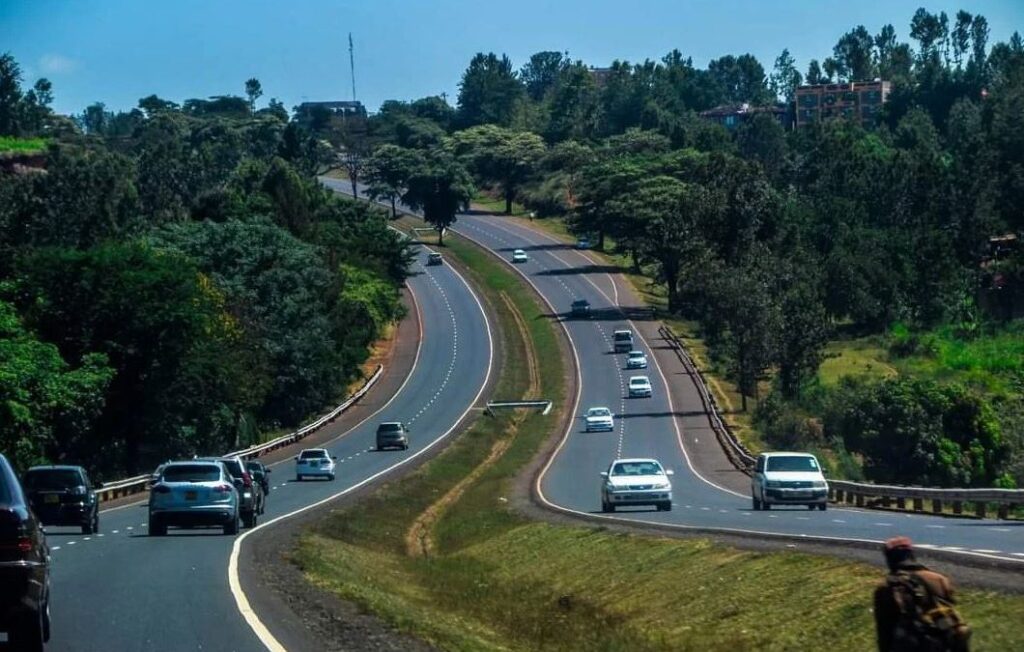The Kenya National Highways Authority (KeNHA) has confirmed that motorists using the Nairobi–Nakuru–Mau Summit Motorway will pay a toll rate of Ksh8 per kilometre once the road becomes operational. The rate will be subject to an annual escalation of one percent to account for inflation and other economic adjustments.
The project, which covers approximately 175 kilometres of the A8 road and 58 kilometres of the A8 South section, is a major infrastructure investment aimed at improving connectivity along the busy Northern Corridor. This corridor links Kenya’s capital, Nairobi, to the western region and further to neighbouring countries in East and Central Africa.
According to KeNHA, the tolling model was derived from a Privately Initiated Proposal by the China Road and Bridge Corporation (CRBC) in partnership with the National Social Security Fund (NSSF). The model was selected after a detailed evaluation by an inter-agency committee which found it compliant with the Public-Private Partnership (PPP) Act.
The Ksh8 per kilometre charge is designed to help recover the estimated Ksh180 billion to Ksh200 billion invested in the project. The rate also considers factors such as inflation, exchange rate fluctuations, and prevailing economic conditions.
KeNHA highlighted that the Rironi–Mau Summit project is a strategic component of the Northern Corridor and the Trans-African Highway network. It will ease congestion, improve safety, and boost operational efficiency on one of Kenya’s most important transport routes. Currently, the existing road experiences frequent traffic jams and accidents due to heavy vehicle movement.
President William Ruto has emphasized that the project will be undertaken under a Public-Private Partnership model to avoid adding to Kenya’s public debt. This approach allows private investors to finance, build, and operate the highway before eventually transferring ownership back to the government after recovering their investment through toll charges.
The Rironi–Mau Summit Motorway is expected to significantly reduce travel time between Nairobi and Nakuru while promoting trade, tourism, and regional integration once completed.

